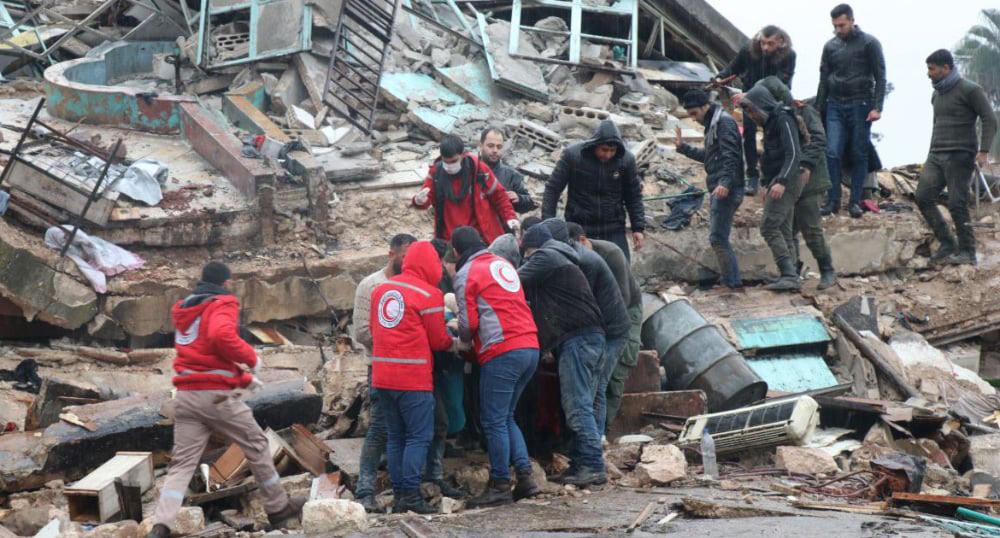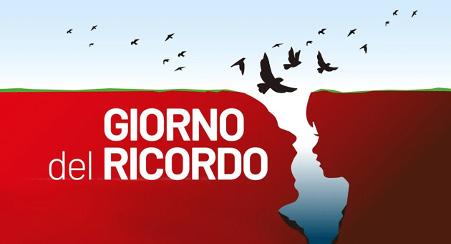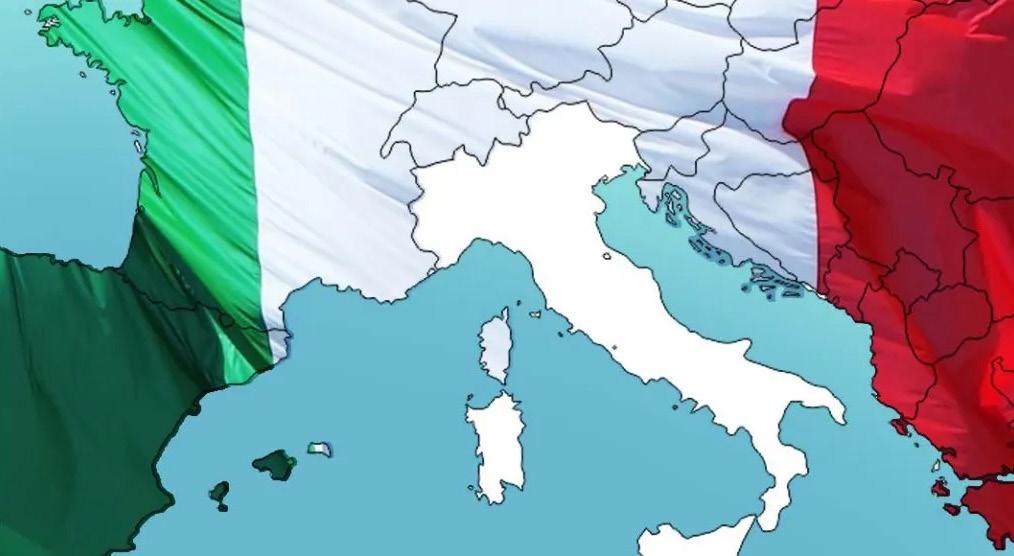
3 minute read
NSW support for Türkiye-Syria earthquake
emergency personnel to Türkiye, and we are looking at more ways to support the response and recovery operation.
“I want to let everyone impacted by this tragedy know that the NSW Government and the people of NSW stand with you.”
Advertisement
Minister for Multiculturalism Mark Coure said images of the destruction and the loss of life is heartbreaking.
The NSW Government is contributing $1 million to the UNICEF’s Türkiye-Syria earthquake relief effort.
The money will assist UNICEF with their work on the ground to provide immediate assistance to those who have injured and evacuated during the disaster.
Thousands of people are estimated to have been killed by the two earthquakes earlier this week, with both countries faced with immense response and recovery operations
NSW Premier Dominic Perrottet said the NSW Government would do all it could to assist the international response effort.
“The scale of devastation in Türkiye and Syria is difficult to comprehend, and it is without hesitation that we have pushed these funds out to support UNICEF in those broken regions,” Mr Perrottet said.
“We are also providing practical aid and assistance where we can - Fire and Rescue NSW is already deploying highly skilled
A black ribbon, a symbol of remembrance and mourning, is also being projected on the sails of the Sydney Opera House tonight in solidarity with the people of Türkiye and Syria.
Più italiani all’estero che immigrati
The Giorno del Ricordo, or the Day of Remembrance, is a national holiday in Italy celebrated on the 10th of February. It was instituted in 2004 to commemorate the victims of the mass killings of Italian citizens by Yugoslav Partisans during World War II. This day also marks the anniversary of the Foibe Massacres, a series of mass killings that took place in the border regions between Italy and Yugoslavia.
The term "foibe" refers to the deep, vertical sinkholes that dot the landscape in the region and were used by the Yugoslav Partisans to dispose of the bodies of their victims. The exact number of victims is unknown, but estimates range from several thousand to tens of thousands of Italian citizens, including civilians, military personnel, and political prisoners.
The Foibe Massacres were a result of the political and ethnic tensions that existed between Italy and Yugoslavia in the aftermath of World War II. The Yugoslav Partisans saw the Italian citizens in the region as potential opponents and viewed the killings as a way to assert their power and control over the area. The Foibe Massacres have been a controversial and sensitive topic in Italian history and have been the subject of political debates and historical revisionism.
The Giorno del Ricordo is a time to reflect on the past and honour the memory of those who suffered and died during the conflict. It serves as a reminder of the need for peace, reconciliation, and respect for human rights. The holiday is marked by ceremonies, speeches, and cultural events throughout Italy, and it is an opportunity for the nation to come together and pay its respects to the victims and their families.
The Giorno del Ricordo is a significant event in Italian history and serves as a testament to the country's commitment to remembering its past and working towards a better future. It is a time for all Italians to come together, regardless of their political beliefs, and pay homage to those who suffered and died during one of the darkest periods in Italian history.

Il Resto del Carlino commenta i dati del rapporto “Italiani nel Mondo 2022" della Fondazione Migrantes secondo cui in Italia l’8,8% degli italiani regolarmente residenti sono stranieri (circa 5,2 milioni), mentre il 9,8% dei cittadini italiani risiede all’estero.
“Da alcuni anni si sente spesso parlare del fenomeno migratorio e del problema degli immigrati, che sempre più numerosi raggiungono il nostro Paese spinti dalla povertà o dalla guerra. Non dobbiamo dimenticare che l’Italia è stata ed è tuttora un paese di migranti, infatti, nella storia dell’emigrazione italiana dei secoli scorsi ci sono state ben quattro grandi ondate: dopo l’Unità d’Italia (1870) circa 5 milioni di italiani; Grande emigrazione (1900-1914) oltre 9 milioni di italiani; durante il ventennio fascista (1918-1939) emigrarono 3,2 milioni di persone; nel Dopoguerra (1945-1970) gli emigrati italiani furono circa 7 milioni. Ma la cosa a cui non si pensa mai è che in Italia il flusso migratorio in uscita non si è mai fermato”.
“L’attuale comunità all’estero è costituita principalmente da persone dai 18 ai 34 anni che tendono ad emigrare in cerca di lavoro” ricorda il quotidiano.

Grazie dei fior, fra tutti gli altri li ho riconosciuti, mi han fatto male, eppure li ho graditi, son rose rosse e parlano d'amor
Sono solo canzonette...
di Renzo Balmelli

C’è chi applaude e c’è chi parla di un Festival delle note stonate. Fedele alla sua storia, la manifestazione canora di San Remo, senza Zelensky, conferma il suo ruolo di potente catalizzatore delle pulsioni che attraversano il Paese.
Tra i maliziosi “nude look”, la standing ovation per Mattarella, le strumentali polemiche di Salvini contro la Costituzione antifascista (difesa da Benigni) e, insomma, tra un brano e l’altro va in onda la rappresentazione delle tante Italie presenti al Festival.

Dal palco alla realtà, una volta calato il sipario la vita quotidiana riprende però il sopravvento, in questi giorni attraversati da roventi polemiche sul caso Cospito e la controversa applicazione del 41 bis. Qui preme sottolineare quali pericoli corra










